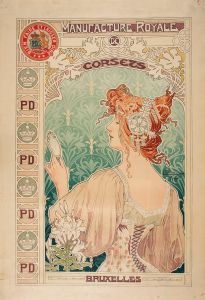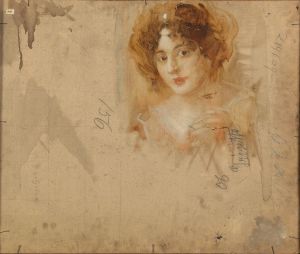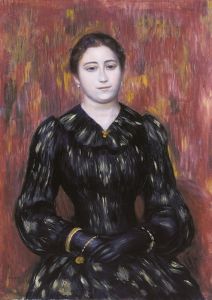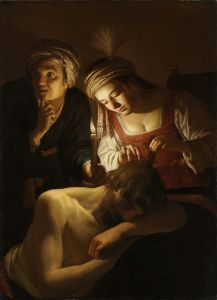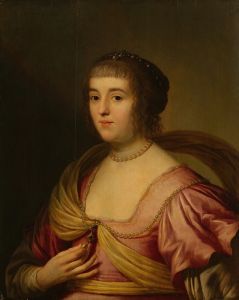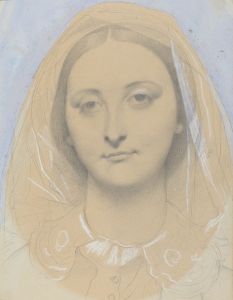
Portrait of Sophia, Princess Palatine
A hand-painted replica of Gerard van Honthorst’s masterpiece Portrait of Sophia, Princess Palatine, meticulously crafted by professional artists to capture the true essence of the original. Each piece is created with museum-quality canvas and rare mineral pigments, carefully painted by experienced artists with delicate brushstrokes and rich, layered colors to perfectly recreate the texture of the original artwork. Unlike machine-printed reproductions, this hand-painted version brings the painting to life, infused with the artist’s emotions and skill in every stroke. Whether for personal collection or home decoration, it instantly elevates the artistic atmosphere of any space.
"Portrait of Sophia, Princess Palatine" is a painting by the Dutch Golden Age artist Gerard van Honthorst. The artwork depicts Sophia of the Palatinate, who was born on October 14, 1630, and later became the Electress of Hanover. She was the daughter of Frederick V, Elector Palatine, and Elizabeth Stuart, the daughter of King James I of England. Sophia is historically significant as the mother of King George I of Great Britain, thereby establishing the Hanoverian line of British monarchs.
Gerard van Honthorst, also known as Gherardo delle Notti, was a prominent painter in the Dutch Golden Age, renowned for his skill in chiaroscuro, the use of strong contrasts between light and dark. He was born in Utrecht in 1592 and studied under Abraham Bloemaert before traveling to Italy, where he was influenced by the works of Caravaggio. Honthorst returned to the Netherlands in 1620 and became a leading portraitist, known for his ability to capture the likeness and personality of his sitters.
The portrait of Sophia, Princess Palatine, is a fine example of Honthorst's portraiture work. In this painting, Sophia is depicted with a serene and composed expression, reflecting her noble status and the dignity associated with her position. She is dressed in elegant attire, typical of the fashion of the time, which emphasizes her high social standing. The use of light in the painting highlights her face and upper body, drawing the viewer's attention to her features and the intricate details of her clothing.
Sophia's life was marked by significant historical events and connections. She was a key figure in the Protestant succession in Britain, as her son, George I, ascended to the British throne in 1714 following the death of Queen Anne. This succession was a result of the Act of Settlement 1701, which aimed to ensure a Protestant succession to the throne, bypassing numerous Catholic claimants.
The painting itself is a testament to the skill of Gerard van Honthorst and his ability to portray the nobility of his time with grace and realism. It is part of the rich cultural heritage of the Dutch Golden Age, a period marked by great achievements in art, science, and trade. The portrait of Sophia, Princess Palatine, remains an important piece of art history, reflecting both the personal history of its subject and the broader historical context of the era in which it was created.
Today, the painting is housed in a museum or private collection, where it continues to be appreciated for its artistic merit and historical significance. It serves as a reminder of the interconnectedness of European royal families and the impact of their alliances and successions on the course of history.






